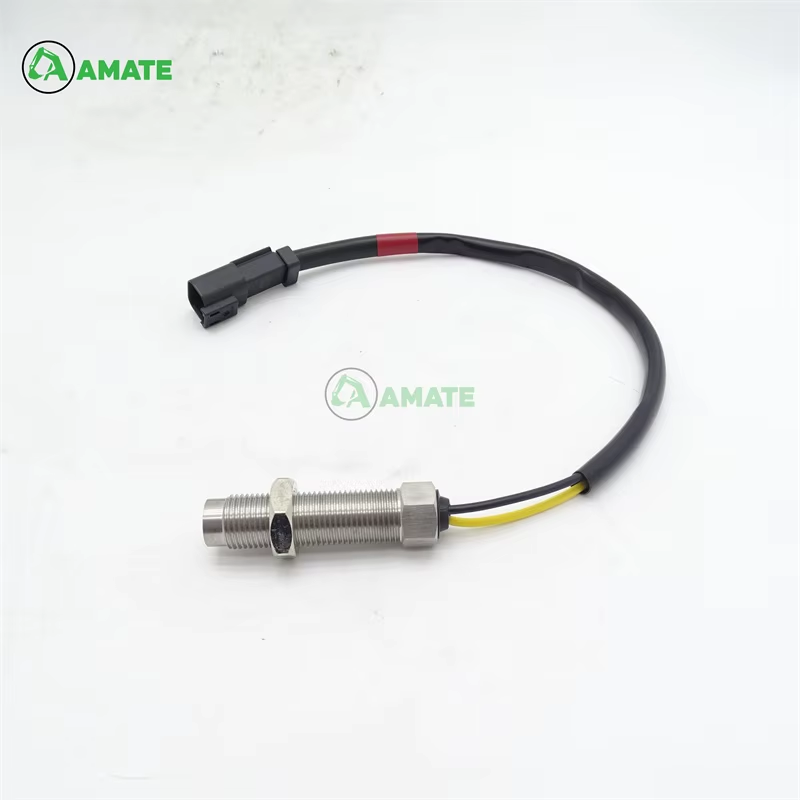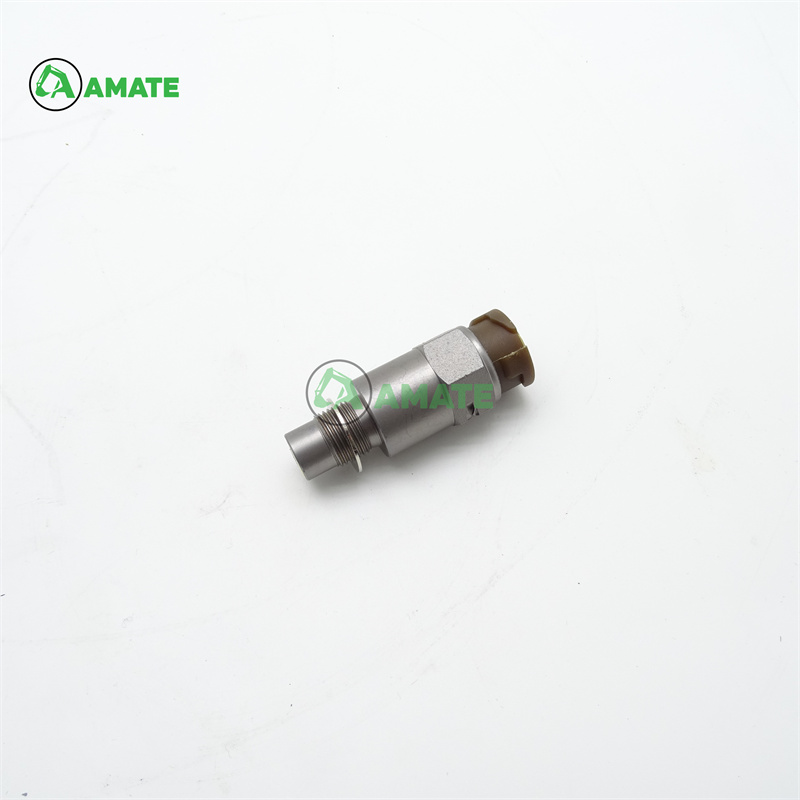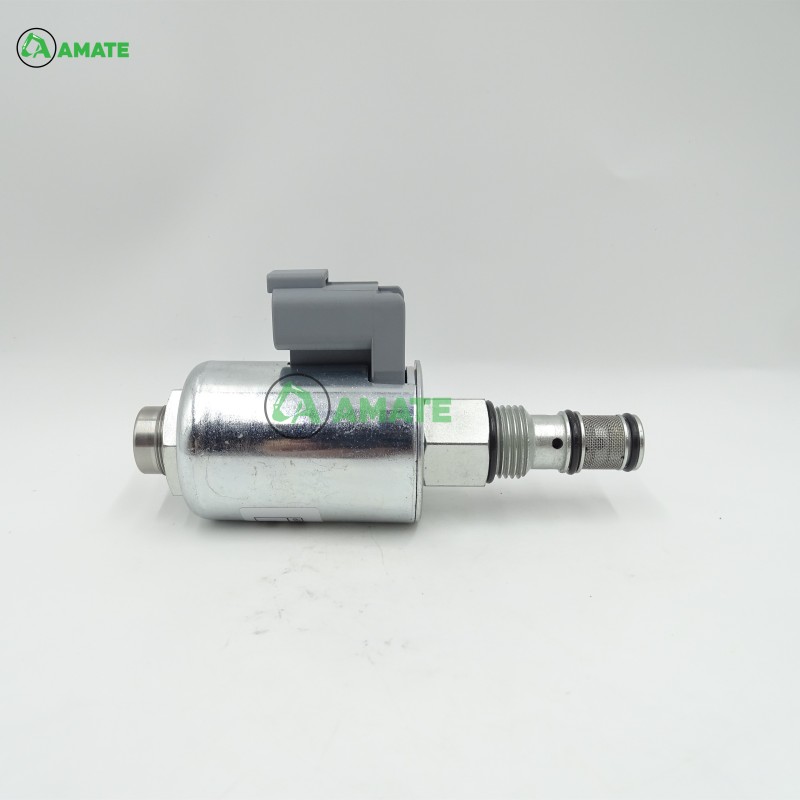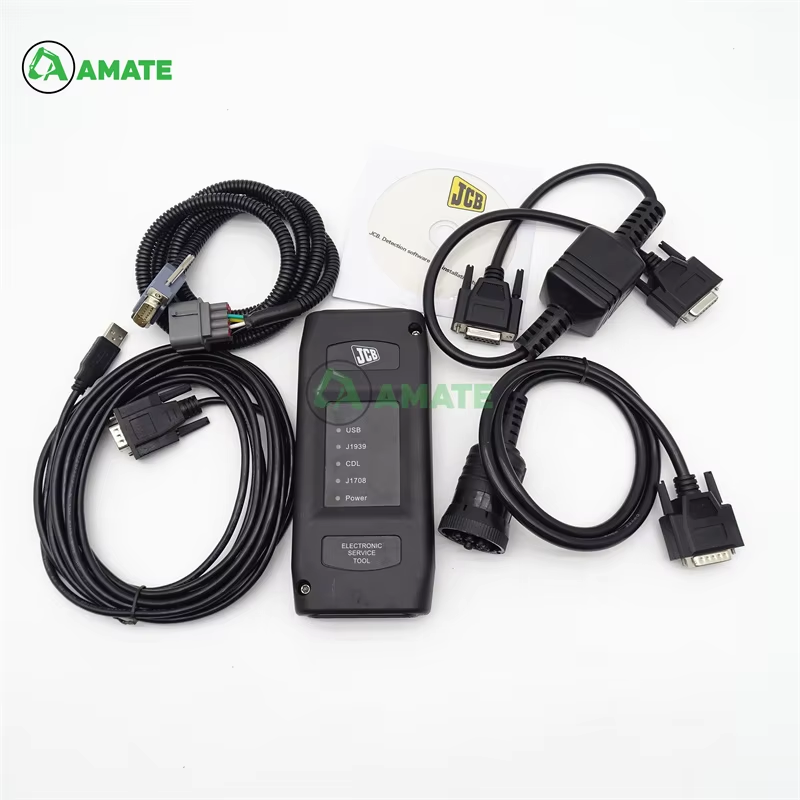Analysis of the Development Status and Trends of the Position Sensor Industry
In recent years, the position sensor industry has maintained steady growth, primarily benefiting from the rapid development of industrial automation, smart cars, consumer electronics, and robotics. Market research data indicates that the global position sensor market is expected to grow at an average annual rate of 6%-8%, exceeding US$10 billion by 2025.
In terms of application, industrial automation is the largest consumer of position sensors, primarily used for precise positioning of equipment such as robotic arms and CNC machine tools. Demand from the automotive industry has also grown significantly, with electrification and ADAS systems driving demand for linear and rotary position sensors. The consumer electronics sector relies on miniature sensors for functions such as touch and gesture recognition.
From a technical perspective, contactless sensors (such as magnetic induction and Hall effect sensors) are gradually replacing traditional potentiometers due to their long life and high accuracy, while the popularity of MEMS technology has further reduced costs. Furthermore, the trend towards intelligent sensors is driving the integration of communication functions (such as IO-Link) into sensors, enabling real-time data exchange.
In terms of challenges, the industry faces fluctuating raw material prices and rising R&D costs due to the demand for high precision. In the future, with the penetration of the Internet of Things and artificial intelligence technologies, position sensors will develop towards multi-functional integration and low power consumption, and emerging application scenarios (such as AR/VR, medical equipment, etc.) may become new growth points.









